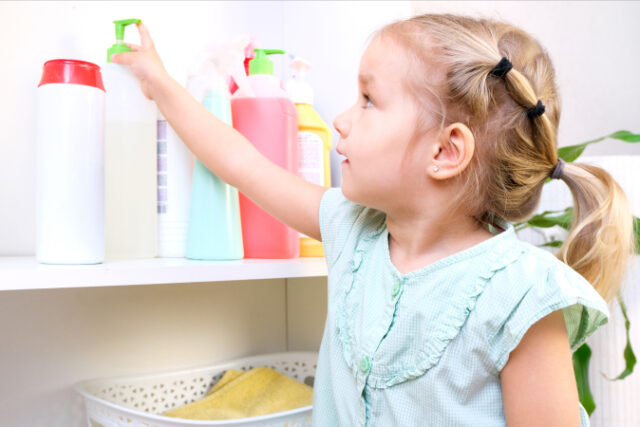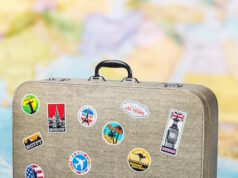
Environmental hazards threaten the health of children and adults. While adults have built up immunity to many environmental hazards, children are more vulnerable. To prevent children from developing chronic health problems at a young age, parents and caregivers should take steps to reduce the number of toxic products and chemicals in their homes and daycare centers.
Minimize exposure to everyday toxins
Children come in contact with toxins nearly everywhere they go. Babies and toddlers put things in their mouths. Preschoolers and school-age children spend significant time on the floor or playing outside. Plastics, carpeting, wood chips, and other commonly used items contain toxins like dust, mold, and pesticides.
Even crib mattresses include chemical-packed toxins, putting children at risk while they’re sleeping. Fortunately, parents and caregivers tackle toxins by opting for allergy-free and toxin-free crib mattresses like these that will ensure high-risk little ones sleep soundly in a safe environment.
Everyday toxins can have lasting effects on children. Toxins can cause learning problems, lower IQs, and ADHD. Chemical exposure can also increase the chances that children develop debilitating asthma.
Minimize sun exposure
Sun exposure builds up as people age. Babies, toddlers, and young children are especially vulnerable to sunburns, so caregivers need to take precautions to cover youthful skin. Applying sunscreen, wearing hats, and covering arms and legs with SPF-rated clothing can protect youngsters from sunburns.
Help them breathe easier
Asthma is a chronic condition that can easily be exacerbated by avoidable circumstances. Smoking around children can increase the chances that they develop asthma. If your children already have breathing difficulties, keep them inside on days with extreme temperatures and ozone warnings. You can help your child by vacuuming and dusting regularly, too.
Keep pesticides away from your child
Pesticides aren’t healthy for anyone, but they are especially dangerous for children. If you keep pests out of your home, you don’t have to worry about killing them. Keep your trash outside and away from your home’s entrances. Clean your produce thoroughly before feeding it to your children.
Public outdoor areas often have pesticide residue on the green spaces. If you take your children to the park, wash their hands, clothing, shoes, and toys when you get home to remove any toxic residue.
Reduce your plastic use
Many plastics have harmful chemicals in them. Keep toxins out of your children’s foods by buying fresh or frozen, so you avoid bringing BPA into your home. This toxin, often found in plastics and food container linings, can impact brain development in children.
Remember that babies and toddlers put everything in their mouths. When you choose toys for children, pick items made of natural materials like wood rather than plastic. Don’t buy used plastic or vinyl toys as they may have phthalates.
Be prepared for weather emergencies
Weather emergencies happen all over the United States. Though, parents need not surrender to the seemingly unstoppable forces of natural disasters. By investing in emergency preparedness, parents can successfully keep toxins out of the home.
Keep bottled water on hand and pay attention to evacuation warnings. Children who drink flood water can develop diarrhea, and not having electricity can cause food to spoil. Being prepared for the worst keeps everyone safe and healthy.
Knowledge is power when it comes to avoiding environmental hazards. Taking time to keep dangerous chemicals, pesticides, and plastics out of your home keeps your children healthy.












